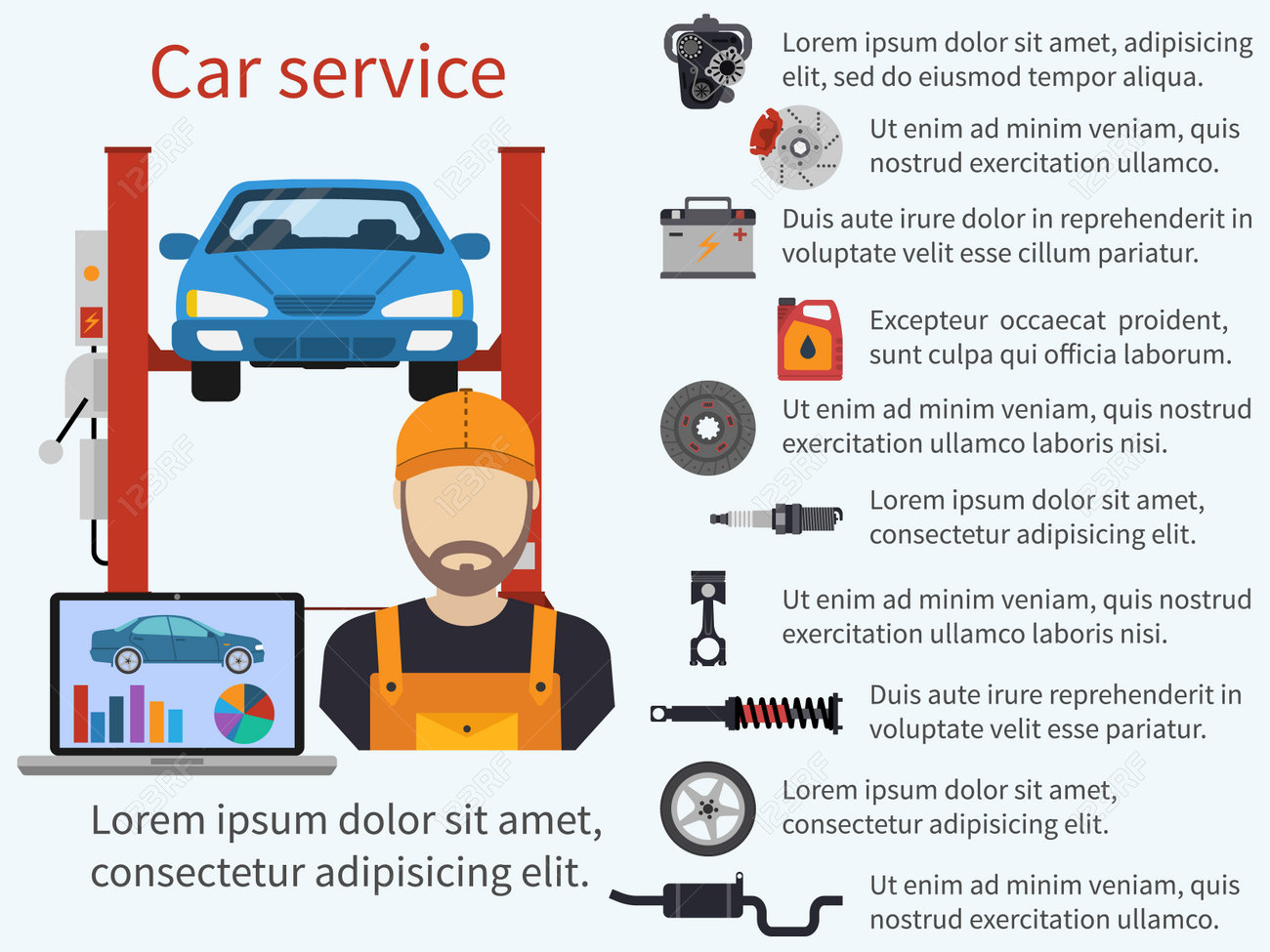Fascinated In Comprehending The Caution Lights On Your Cars And Truck'S Control Panel? Discover Their Relevance For Your Automobile'S Safety And Security And Overall Problem
Fascinated In Comprehending The Caution Lights On Your Cars And Truck'S Control Panel? Discover Their Relevance For Your Automobile'S Safety And Security And Overall Problem
Blog Article
Content Create By-Lim Corbett
When you lag the wheel, those glowing caution lights on your control panel can be a bit complicated. Do you recognize what they're trying to tell you regarding your vehicle's health and wellness? Understanding the value of these lights is vital for your safety and security and the longevity of your vehicle. So, the next time one of those lights turns up, would not you wish to analyze its message accurately and take the essential actions to resolve it?
Common Caution Lights and Interpretations
Determine usual caution lights in your car and understand their significances to make certain secure driving.
The most regular warning lights include the check engine light, which signifies issues with the engine or discharges system. If this light comes on, it's important to have your lorry checked without delay.
The oil stress cautioning light indicates low oil stress, calling for immediate interest to prevent engine damage.
A blinking battery light could suggest a defective charging system, potentially leaving you stranded if not dealt with.
The tire stress tracking system (TPMS) light signals you to low tire pressure, influencing automobile stability and gas effectiveness. Disregarding this could lead to unsafe driving conditions.
The ABS light indicates a trouble with the anti-lock stopping system, endangering your capacity to quit swiftly in emergency situations.
Finally, the coolant temperature level warning light warns of engine overheating, which can cause severe damage if not solved promptly.
Recognizing these usual caution lights will certainly help you deal with problems immediately and preserve risk-free driving conditions.
Importance of Prompt Focus
Comprehending the usual warning lights in your car is just the very first step; the significance of quickly resolving these warnings can't be highlighted enough to ensure your security when driving.
When a warning light illuminates on your control panel, it's your auto's method of connecting a potential concern that needs focus. Ignoring https://www.khou.com/article/news/crime/bullets-fly-at-spring-branch-auto-shop-during-argument-over-cost-of-repair/285-31d2aacc-4918-490b-bbc2-8987062415e5 can result in much more serious troubles later on, compromising your safety and security and possibly costing you a lot more out of commission.
Trigger interest to alerting lights can protect against failures and accidents. For example, a blinking check engine light can indicate a misfire that, if left unattended, might trigger damages to the catalytic converter. Addressing carpro ceramic coating can save you from an expensive fixing.
Likewise, a brake system advising light may indicate low brake liquid or worn brake pads, important elements for your safety and security when driving.
DIY Troubleshooting Tips
If you discover a caution light on your dashboard, there are a couple of do it yourself troubleshooting pointers you can try prior to seeking expert help.
The first step is to consult your vehicle's guidebook to recognize what the specific warning light suggests. Occasionally the problem can be as easy as a loose gas cap setting off the check engine light. Tightening up the gas cap might resolve the issue.
One more typical concern is a low battery, which can cause various warning lights. Inspecting the battery connections for corrosion and ensuring they're safe may take care of the trouble.
If a warning light continues, you can attempt resetting it by disconnecting the auto's battery for a couple of minutes and after that reconnecting it. In addition, inspecting your car's liquid levels, such as oil, coolant, and brake fluid, can assist troubleshoot cautioning lights associated with these systems.
Final thought
Finally, understanding your auto's caution lights is essential for keeping your vehicle running efficiently and securely. By quickly resolving these alerts and knowing what they suggest, you can prevent expensive repairs and potential breakdowns.
Keep in mind to consult your auto's manual for particular details on each alerting light and act appropriately to make certain a hassle-free driving experience.
Remain informed, remain secure on the road!
